I'm designing a device with a small lithium polymer battery (4x12x30 mm, 120 mA-h). Looks like this:
I've heard that there is a rule of thumb that the space left for the battery in a case should be around 10% larger (I suppose primarily in thickness) than the nominal dimensions to allow for expansion. Extra 10% seems quite large.
Where does this rule of thumb come from? Is there any official recommendation for how large a compartment to put lithium polymer cells in?
How much do these batteries expand and shrink in normal use? For example during charging/discharging cycles, temperature cycles over normal temperature range (-20C to 60C), etc.
What happens if the battery is in a rigid compartment in the case of malfunction? It's pretty common to have batteries "puff out" if they get shorted internally, but what happens if the battery is in a compartment that prevents expansion? (Assume the compartment is strong enough to withstand the pressure build up) Does the pressure/walls make the short worse, or better?



